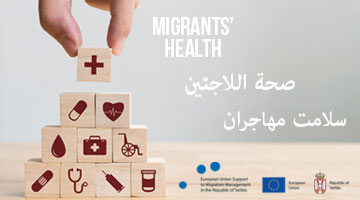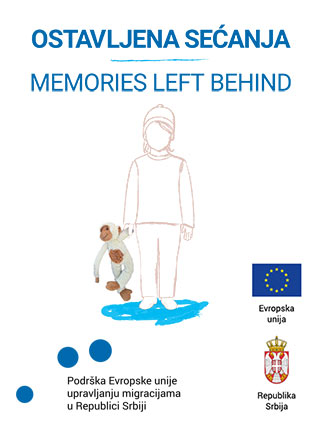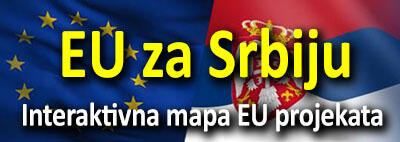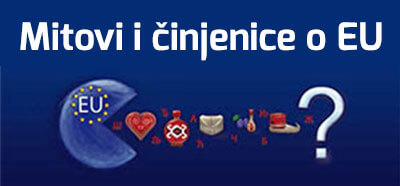2 September 2019
Food hygiene – how to properly choose and process foodstuffs
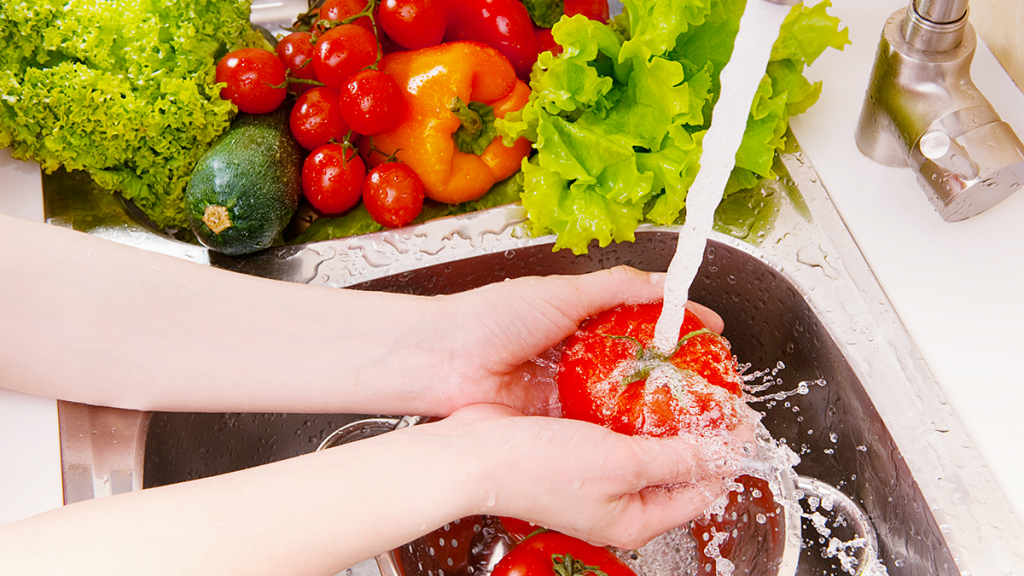
Food is one of the basic needs of every person, however, it can also be the cause of health problems, and for that reason, food hygiene is a very important topic that we must pay attention to.
Proper selection of foodstuffs – always choose what you have tested!
Fruit – choose fresh, preferably the ones that have just been picked, whose skin is undamaged, not bruised and without visible faults. There is a higher probability that fruit is fresh ad of good quality if it originates in local climate and is adequate for the season you are in.
If you are travelling, choose fruit with skin that is easily peeled off – ideally such fruit is banana.
Vegetables – choose the one with firm, elastic leaves, not showing signs of withering or damage. Avoid sprouting products as they can be very harmful (e.g. sprouting potatoes contain powerful toxin solanine).
Meat belongs to very perishable foodstuffs and often it is has been previously contaminated/infected. For this reason it is of great importance to choose fresh meat – such meat is elastic, plump its colour varies from light pink to light red, and the meat does not separate from the bone.
Special attention needs to be paid to smell. Hygienically unsafe fresh meat has unpleasant smell. Great potential danger that cannot be eliminated by thermal processing of food is the use of meat of unknown origin or the meat that comes from a sick animal. Likewise, the situation is the same with the meat that has been obtained, transported or stored in an unhygienic manner, that has been for a prolonged time out at temperatures higher than those in a freezer or refrigerator, that has been deforested and then re-frosted, or that could have been accessed by insects and rodents.
If minced meat and products made from it have been bought from unreliable supplier, trichinosis can occur. This is an illness characterized by pain in joints and muscles, swelling of eye lids, and in more serious cases by disorders in functioning of heart and liver.
Meat products are also stored in a refrigerator, however, when sliced, their shelf life is much shorter. Even if stored in a refrigerator, they perish quickly. This should be taken into consideration when buying food, and only the quantities sufficient for a day or two should be bought.
Milk and diary products are a very important source of protein and minerals and they are widely used in diets of people all over the world. They are often included in children’s diet, which calls for caution. This type of foodstuffs is also very suitable for the development of microorganisms, and thereby, easily perishable and potentially dangerous. When procuring them, it is important to pay attention to whether they originate from a healthy animal, whether they have been transported and stored in adequate conditions and in clean containers.
Although often neglected, spices can also be the source of infections. Using spices that were not adequately stored, that could have been accessed by rodents and insects, can make the food unsafe. Certain epidemics of communicable diseases (e.g. of salmonellosis) were caused by the use of exotic spices and herbs that have been inadequately stored during transport.
Basic food hygiene – when foodstuffs are really clean
Even the healthiest foodstuffs can become contaminated if unsafe water is used in their processing. The water that has odour, that is turbid, or the one that has been stored in an uncovered container should not be used for the washing and preparation of food as in that way we can make a hygienically safe food unsafe.
Washing of fruit and vegetables should be thorough, done under a stream of running water, and immediately prior to the consumption or cooking. When washing them, pay particular attention to the area around the stem, as that is where the dirt gathers.
Before peeling rinse the dirt from the skin – e.g. it is always good to wash potatoes with skin or eggplant and then peel them so as to avoid transfer of dirt and microorganisms from the skin to the inside part. Peaces of meat also need to me washed under a stream of water and then dried with a dry kitchen cloth or disposable paper towel.
In foodstuffs need to be defrosted, it is best to do it in a refrigerator, and to avoid defrosting them on the counter. Once defrosted foodstuffs should never be re-frozen.
Thermal processing of foodstuffs – do you observe these rules?
Thorough thermal processing of food is of great importance. Thermal processing destroys microorganisms and extends the useful life of foodstuffs.
Meat needs to be roasted at temperatures above 70 degrees until meat juices loose their pink colour and become light brown. The same principle is applied for minced meat. Roasting larger pieces of meat should last longer so that such piece can be fully thermally processed (roasted). If you notice pink colour of the meat on the inside (especially around the bones), the meat needs to go back in the oven and be roasted further. Although some persons find it tasty, medium rare meat is not safe as by cooking it that way not all microorganisms get destroyed.
Fish is a very perishable type of foodstuffs, so examine it carefully before cooking. If the fish eyes are cloudy, skin “patchy”, and the flesh is easily separated from the bones, do not use it.
Milk always needs to be boiled – firstly, heat it up until it boils and then leave it to boil for a couple of minutes. No matter how delicious they are, sorts of cheese made from raw-milk can bring you a lot of trouble. Many causers of zoonoses (illnesses suffered by animals that can be transmitted to people) are excreted through milk. Even in the most developed parts of Europe, epidemics of listreriosis occur. this is a communicable diseases caused by the bacteria of the same name. It can be fatal for pregnant women, the elderly and all the persons with compromised immunity.
Hygiene of the working area in the kitchen and of kitchen utensils
Before you start preparing food, you must wash your hands thoroughly. Likewise, hands need to be washed during foodstuffs processing, and especially when switching from vegetables to meat and vice versa. All containers and utensils (cutting boards, knives, choppers, etc.) need to be clean and washed immediately before use.
Always use warm water and detergent. Particularly take care that dish-washing sponge be clean, that you change it often enough, and that you always rinse it and dry it after use so it dries faster. Dish-washing sponge is a great base for the development of microorganisms. If the sponge has changed color, smell or if it is falling apart, it needs to be replaced. The use of worn-out sponge can make dish washing pointless.
It is extremely important not to mix utensils and containers for the preparation of meat and vegetables. Ideally, you should use one cutting board for vegetables and another one for meat. If that is not possible, wash the board carefully and then use the side you have not used previously. Wooden cutting boards can be cleaned more efficiently and maintained better than the plastic ones. Also, the bacterial growth is slower on wooden boards then on the plastic ones.
While preparing meals, it is necessary to avoid touching nose and mouth and other parts of the body, as well as the use of mobile phone. Otherwise, previously healthy foodstuffs und utensils can become infected with staphylococcus. This bacteria excretes a toxin that cannot be destroyed neither by roasting nor by boiling, and it causes very serious symptoms and very serious clinical picture.
Read more about food storing here!
The author of the text: dr. Jasmina Jandrić-Kočić, epidemiology specialist
Dr. Jasmina Jandrić-Kočić (1975) graduated from the Faculty of Medicine of Novi Sad University. After completing university education, she started working as a clinical doctor at the ENT Clinic of Vojvodina Clinical Center, then as a physician at the Emergency Medical Service of Health Center in Sremska Mitrovica. As of 2006, she has been working as a specialist of epidemiology at the Center for Control and Prevention of Diseases of Public Health Institute in Sremska Mitrovica.
As coordinator for migrants, hospital infections, infections transmitted by blood and sexually, since the beginning of migrants crisis, she has been coordinating the activities in the field of epidemiological surveillance, prevention and control of communicable and non-communicable diseases in migrant population. During the migrant crisis, she conducted numerous educational activities (lectures, workshops, etc.) for both the migrants and the persons providing assistance to migrants.







